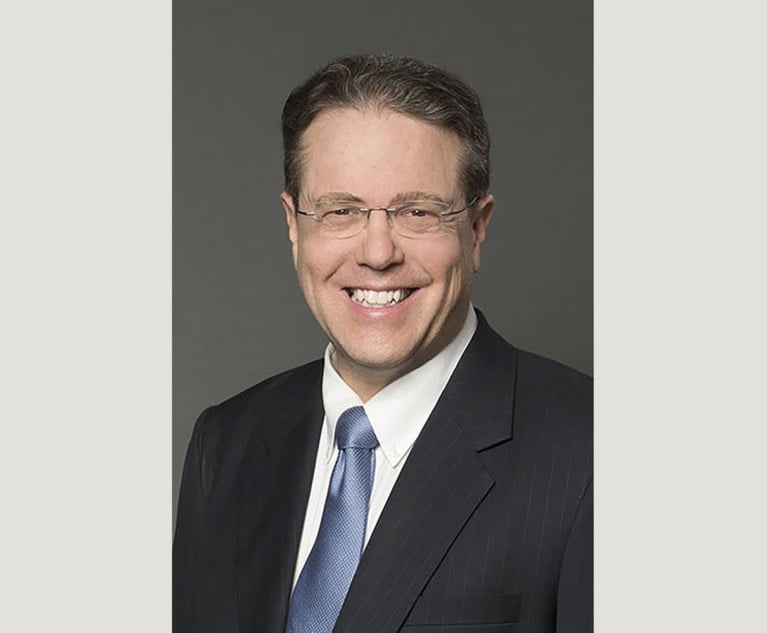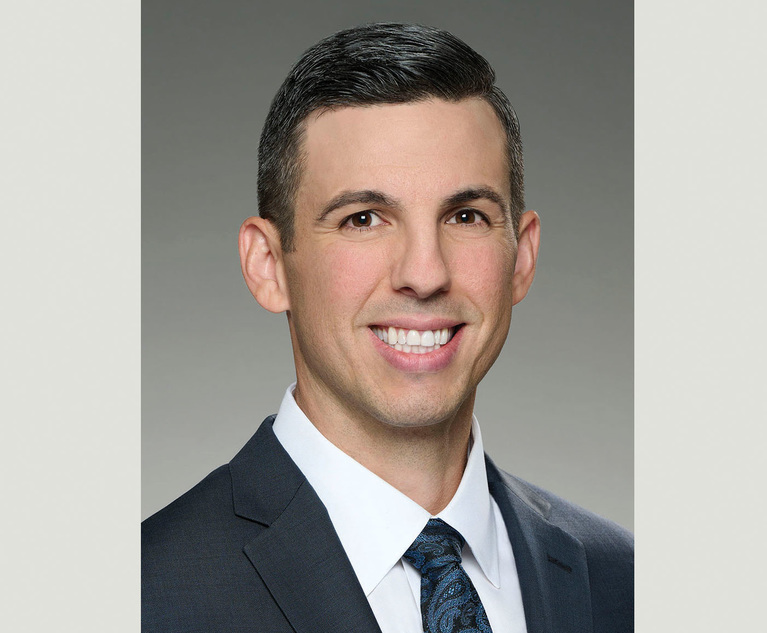Just over three years ago, the Delaware Supreme Court held in Marchand v. Barnhill that the failure to maintain an internal monitoring system that could have prevented a deadly listeria outbreak gave rise to an actionable oversight claim against the board of directors under In re Caremark International Inc. Derivative Litigation. Although the Delaware Supreme Court has famously stated that Caremark claims are “possibly the most difficult theory in corporation law upon which a plaintiff might hope to win a judgment,” Marchand seemed to invite deeper inquiry into oversight claims, as the Delaware courts, in four of the ensuing nine opinions addressing Caremark claims, denied the defendants’ motion to dismiss. This article offers a high-level snapshot of the current state of Caremark jurisprudence by highlighting three key takeaways from the 21 published trial court opinions addressing motions to dismiss Caremark claims issued post-Marchand.
First, Caremark claims remain difficult to plead. As mentioned above, four Caremark complaints survived motions to dismiss between June 2019 (when Marchand was issued) and August 2020: In re Clovis Oncology Derivative Litigation, Inter-Marketing Group USA v. Armstrong, Hughes v. Hu, and Teamsters Local 443 Health Services & Insurance Plan v. Chou. But of the 12 Caremark opinions that followed that initial flurry, only one—In re the Boeing Company Derivative Litigation—sustained an oversight claim. Put differently, Caremark claims’ rate of success dipped from about 44% in the first 14 months post-Marchand to about 8% in the two years that followed. This trend, however, is not necessarily evidence of a doctrinal shift because one (potentially significant) cause of the dip could be an increased focus on policies and procedures surrounding risk post-Marchand. Thus, boards should remain closely focused on overseeing business and regulatory risks.


 Nathaniel J. Stuhlmiller, left, and Brian T.M. Mammarella, right, of Richards Layton & Finger. Courtesy photos
Nathaniel J. Stuhlmiller, left, and Brian T.M. Mammarella, right, of Richards Layton & Finger. Courtesy photos




